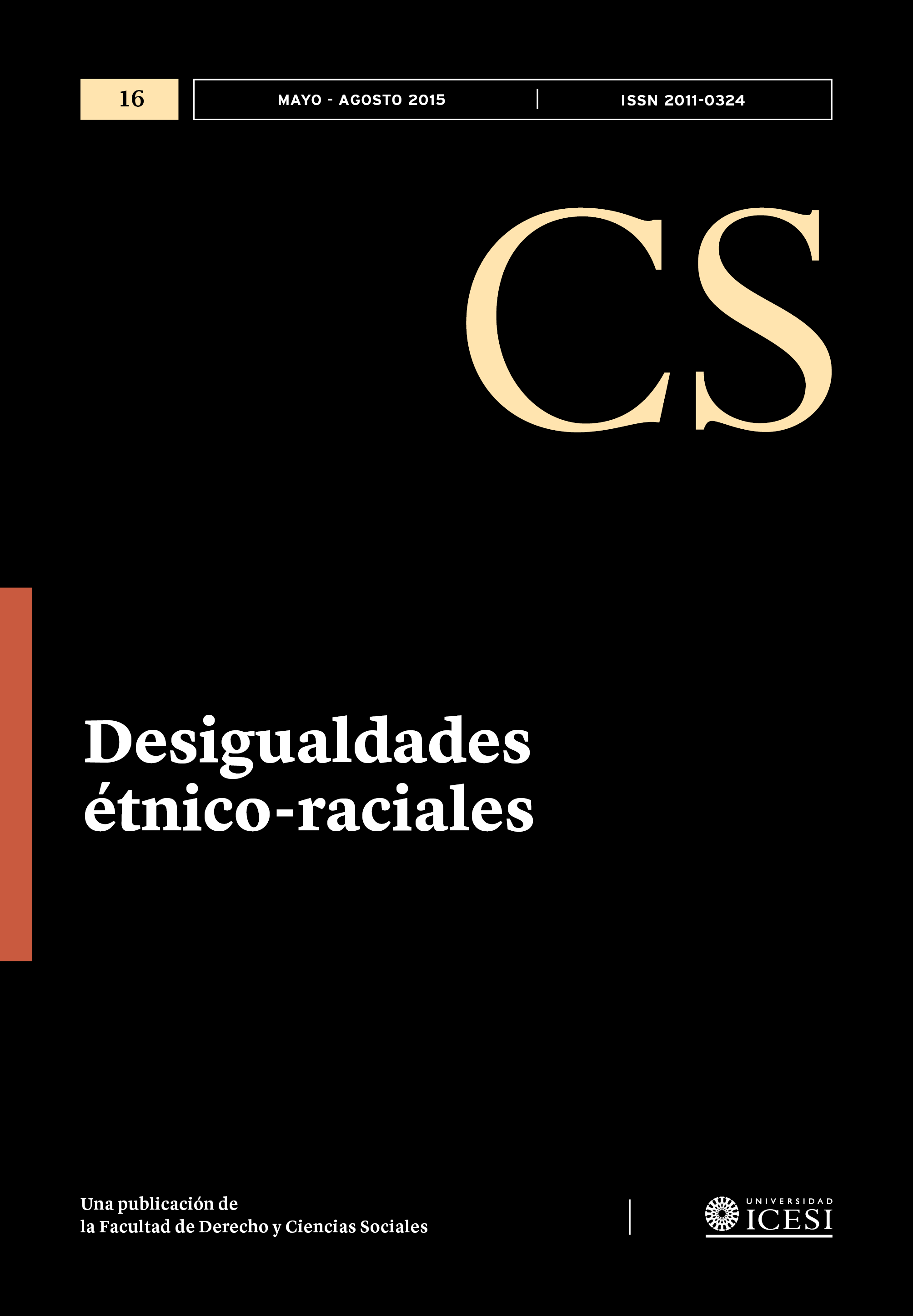From Guinea-Bissau to Colombia. Benkos Biohó, resistance and (is) Palenque. A case of the African Diaspora
DOI:
https://doi.org/10.18046/recs.i16.2042Keywords:
Afrodescendant movement, African resistance, Palenque, Benkos BiohóAbstract
In this article I mention the case of Benkos Biohó as a symbolic figure of the african, afrodescendant and afrocolombian resistance, conducted by the "palenques" (known as "quilombos" in Brazil), manifestations of resistance that started in Africa and were reproduced later in America during human traffic, colonization and enslavement. Today, this strategies are reinvented and reformulated by the afrodescendants, women and men, that live in this territories. Regarding the ways and methods, these were always diverse, from the armed fight to the freedom demands in courts. But they always looked for advances, improvements and progress in an opressor colonial system.
Downloads
References
Curtin, Philip D. (1969) The Atlantic Slave Trade: A census. University of Wisconsin Press.
Dieck, Marianne (1998) “Criollística Afrocolombiana”, en: Adriana Maya (ed.): Geografía Humana de Colombia. Tomo VI, pp. 79-102. Bogotá: Instituto Colombiano de Cultura Hispánica.
Escalante, Aquiles (2005) Palenques en Colombia. Revista del CESLA, 385-390.
Friedemann, Nina S. de. (1998) “San Basilio en el universo kilombo-África y Palenque-América” en: Adriana Maya (ed.): Geografía Humana de Colombia. Tomo VI, pp. 79-102. Bogotá: Instituto Colombiano de Cultura Hispánica.
Fundación transformemos (2011) Son ri tambó. Cartilla didáctica para trabajar Palenque y lengua palenquera.
Jaramillo, Jaime (1989) Ensayos de historia social. Colombia: Tercer Mundo Editores.
Rosselli, Carlos Patiño (2010) “El idioma Criollo de San Basilio de Palenque”, en: Publicación de la Academia Colombiana de la Lengua. Número 21, Abril, Bogotá-Colombia.
Downloads
Published
Issue
Section
License
Copyright (c) 2015 Henry Arenas Valencia

This work is licensed under a Creative Commons Attribution-NonCommercial 4.0 International License.
© Reserved Copyright
Material in this publication may be reproduced without authorization, provided the title, author and institutional source is acknowledged.
The content published in Revista CS is distributed under the Creative Commons BY-NC 4.0 Attribution/Recognition-NonCommercial 4.0 International license.
You are free to:
Share — copy and redistribute the material in any medium or format.
Adapt — remix, transform, and build upon the material.
Under the following terms:
Attribution — You must give appropriate credit , provide a link to the license, and indicate if changes were made . You may do so in any reasonable manner, but not in any way that suggests the licensor endorses you or your use.
NonCommercial — You may not use the material for commercial purposes.












